good to see the first seal test with dome15 – looking at the bubbles and damage on our seal replica:
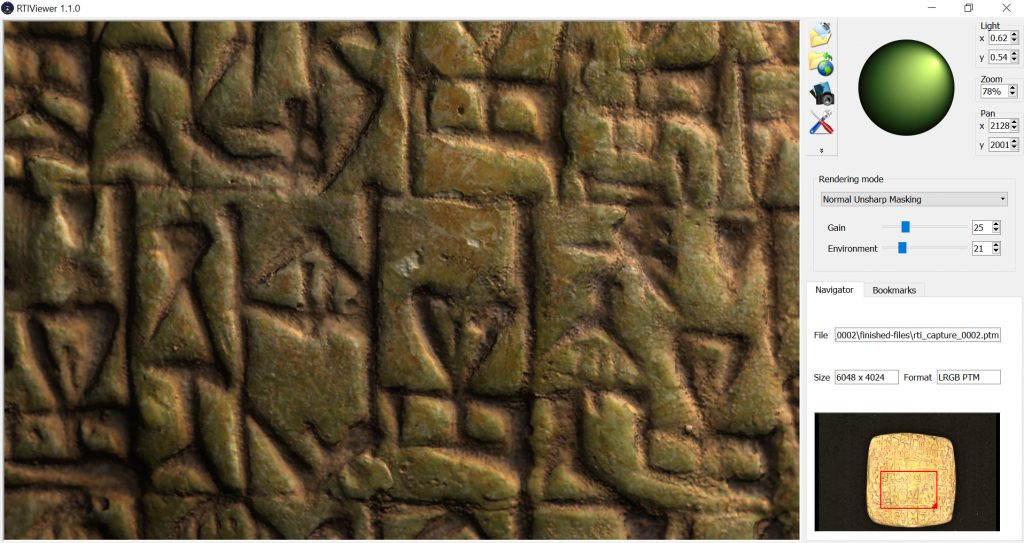
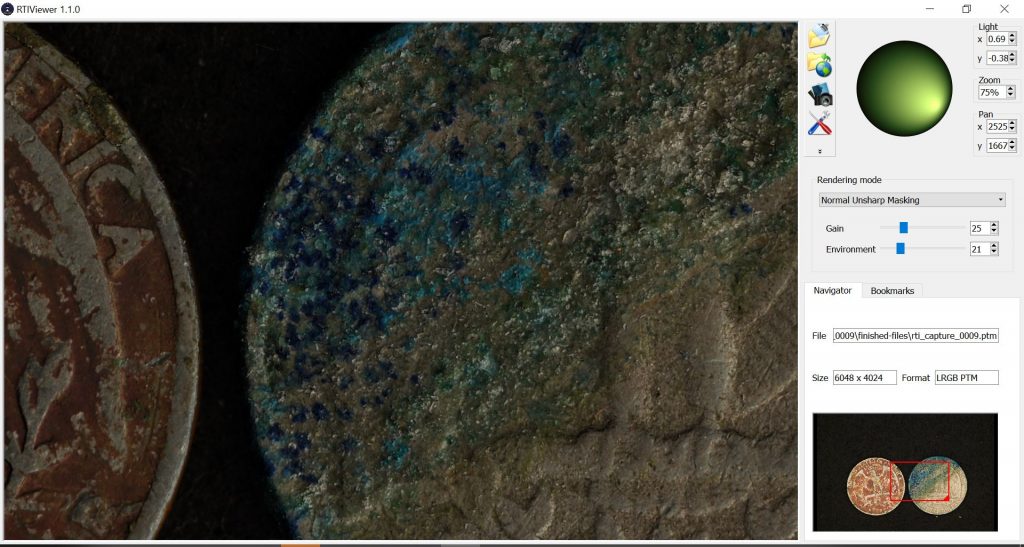
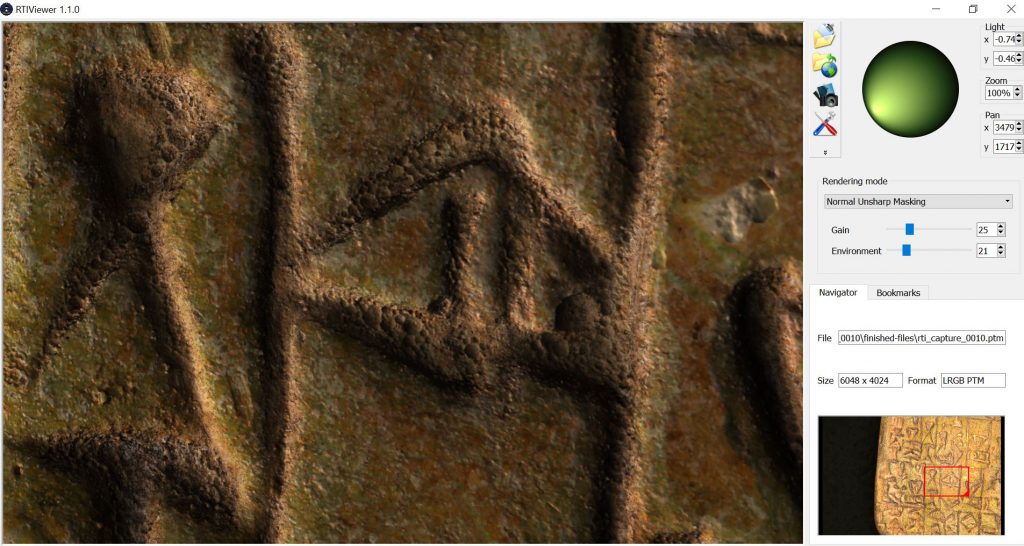
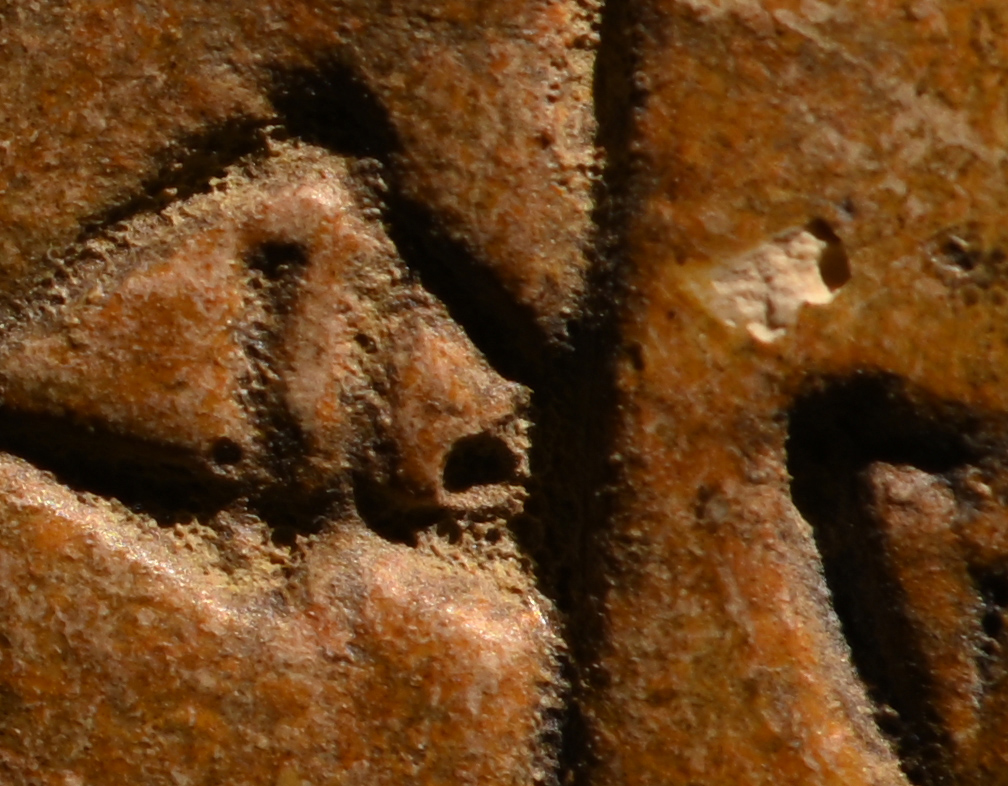
good to see the first seal test with dome15 – looking at the bubbles and damage on our seal replica:




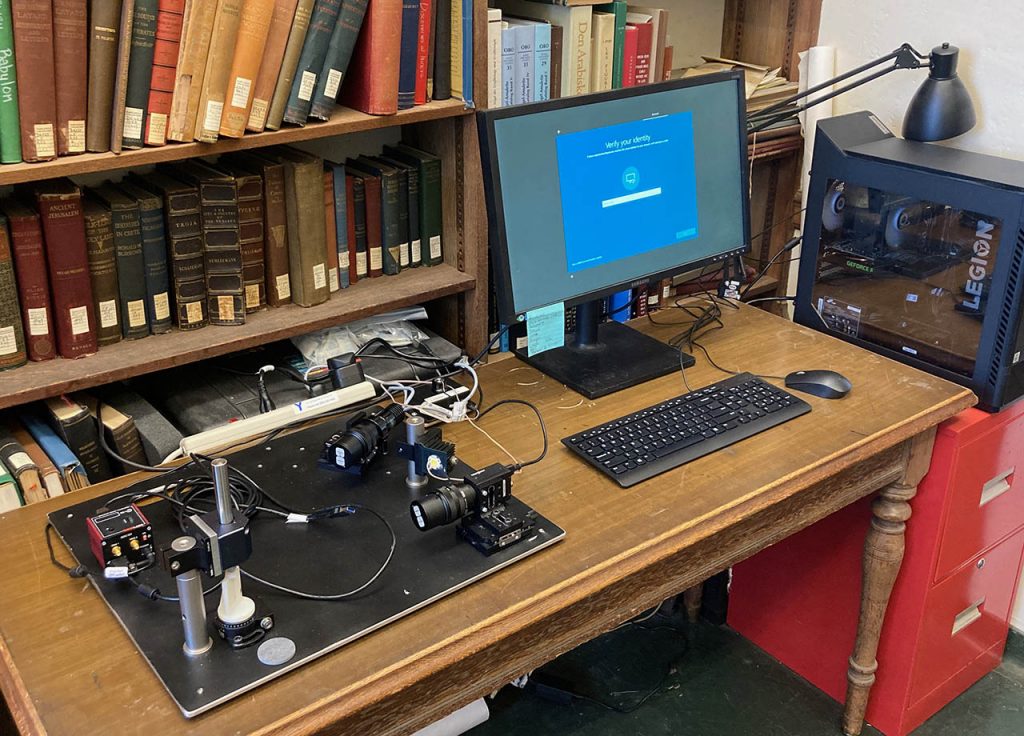
The Siane1 scanner was shipped to Yale in spring 2021 so they could do some cylinder seal imaging
David’s careful packing worked well:
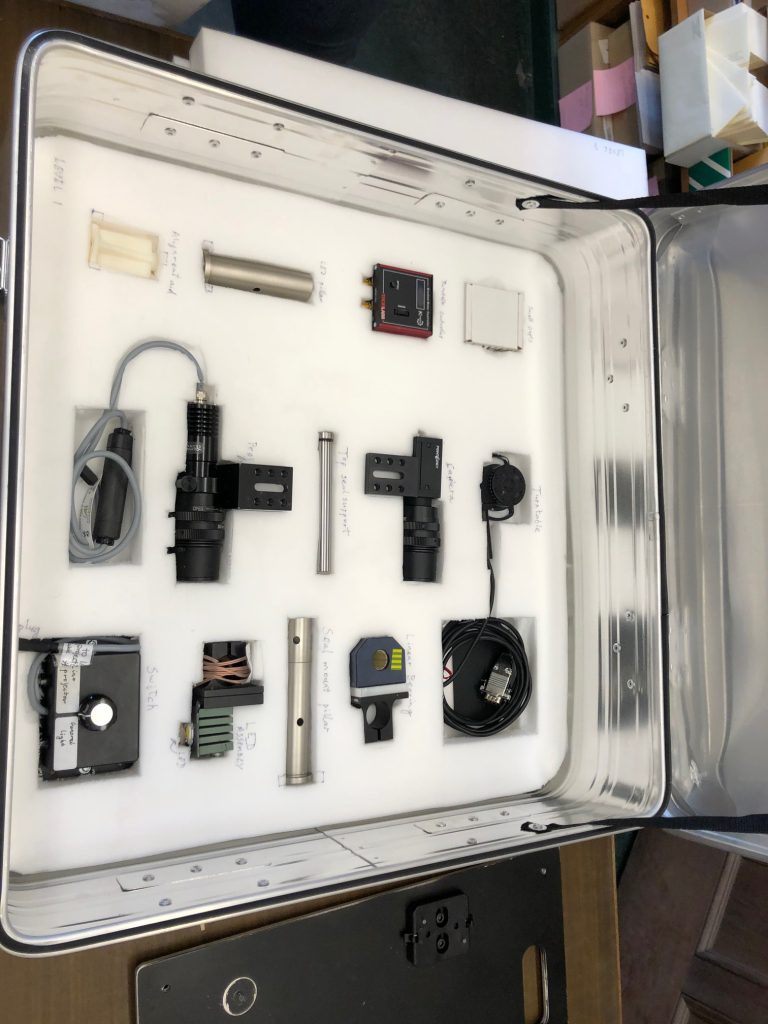
The newer mirror-less cameras have a few features which make them ideal for use in RTI imaging. Apart from the lack of mirror-flip for each frame (and possible vibration) they tend to have faster memory cards (CF express) so the system needs to wait less for images to be flushed to the card. Live preview with zoom also makes it easy to focus. I used a F to Z converter for a 105mm macro, which is manual only and the converter acts as the mount point for the whole camera.
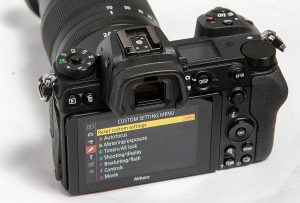
Settings I used were saved in U3: Manual socus and exposure, fixed 100 ASA, stabilisation OFF, Silent ON, fixed white balance (use grey card), Picture Control normal (all zero) and auto-playback off. I left auto-distortion correction on as the cameras tend to know the characteristics of each lens.
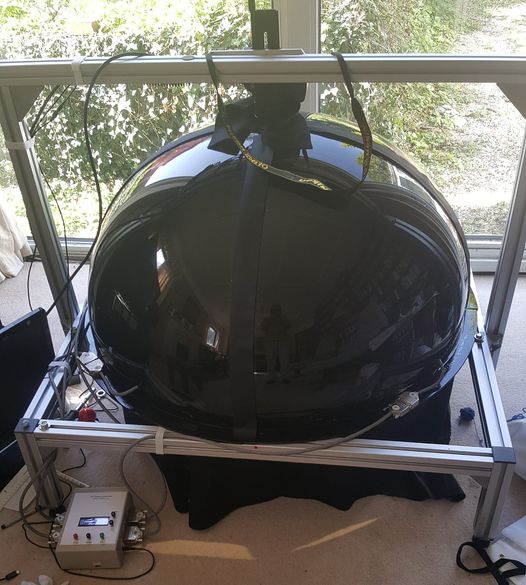
Built at last – all at home! Quite a few small improvements for dome13: improved tune of camera trigger on controller, better hold-down bolts, stronger top brackets, darker “skirt” and shipping box!
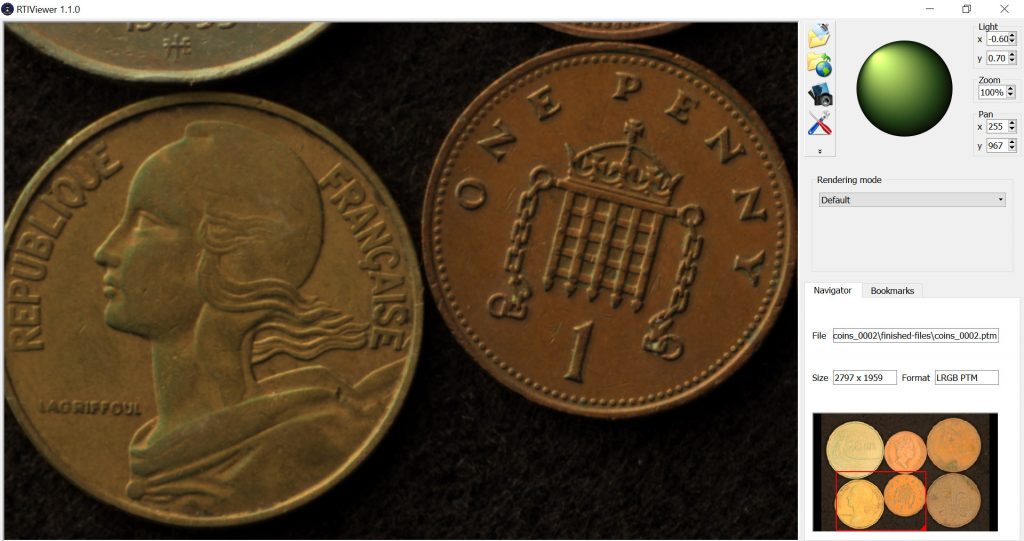
A test with dome13 – with some coins – shows it is working well after a long summer build thanks to Covid.
Download this image to see a range of seals imaged with the Siane scanner
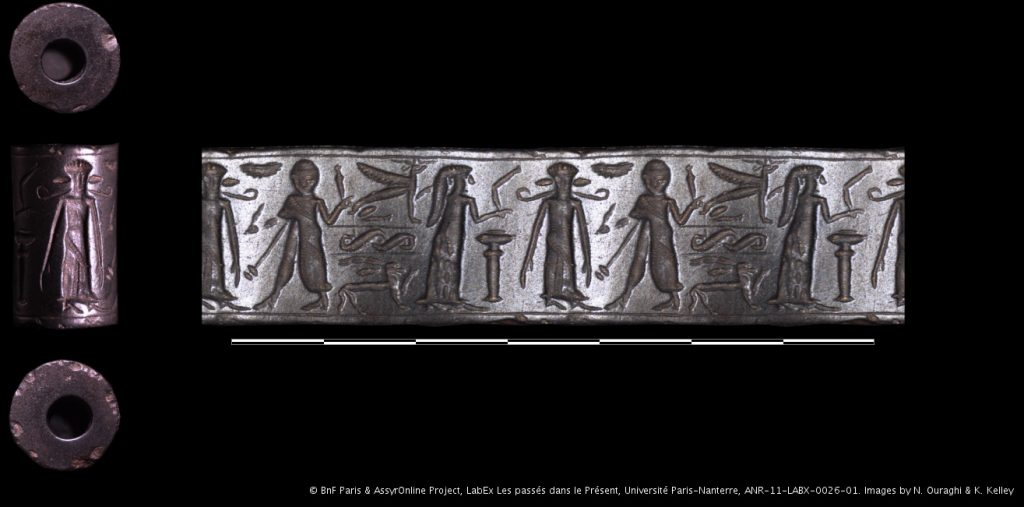
This is a nice example of the data from our scanner showing the original seal, ends and scale.
Here is one of the results from scanning David and Kate did at Cambridge at the Museum of Archaeology and Anthropology:
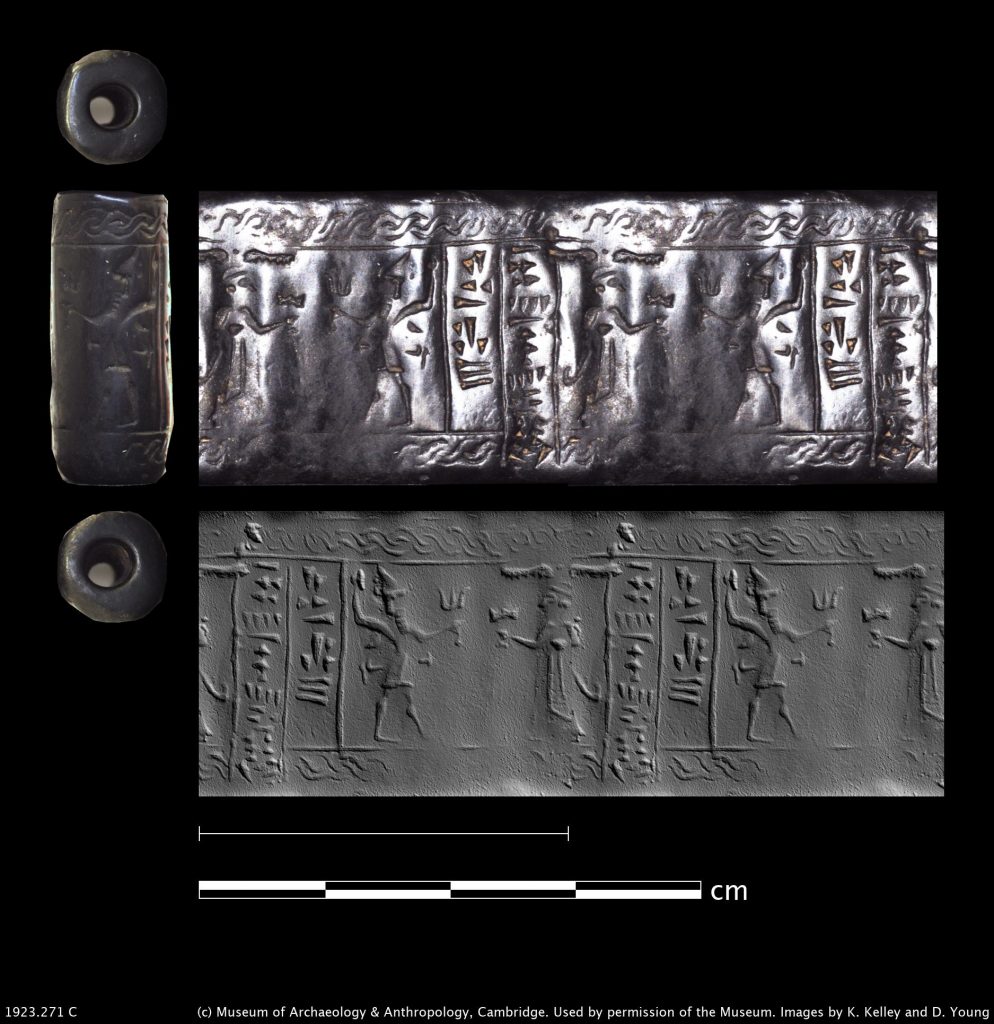
There is now a nice article on the SESPOA website talking about the use of our seal scanner and RTI dome.
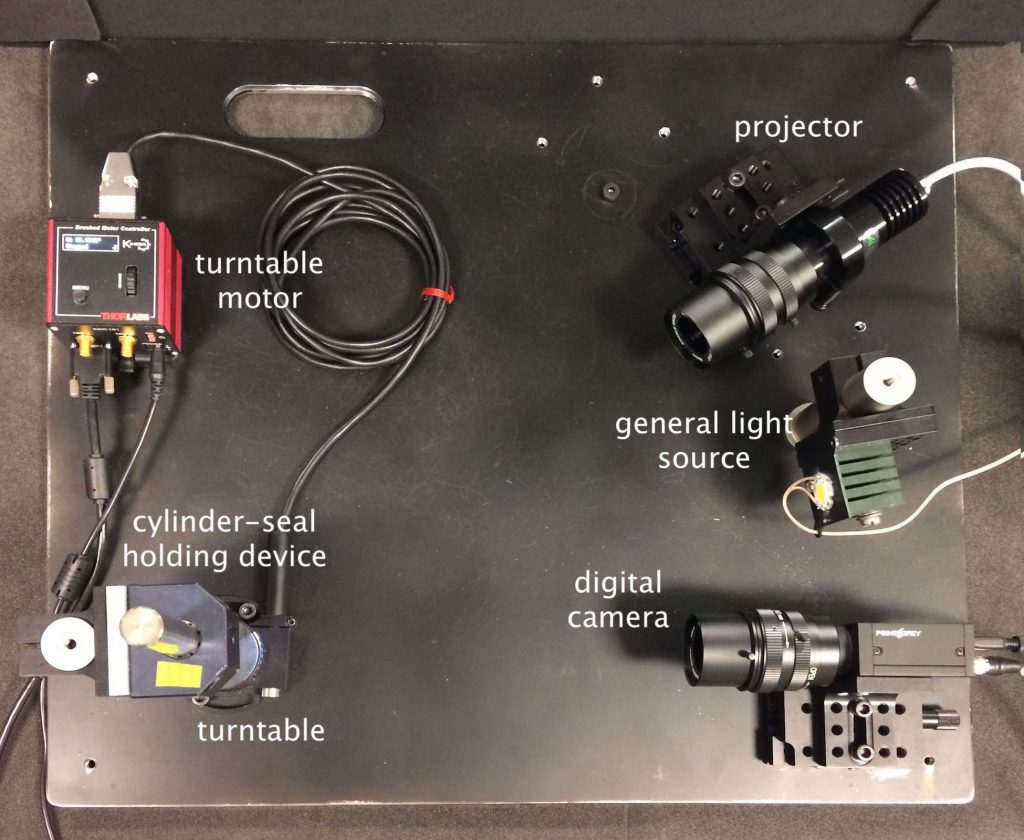
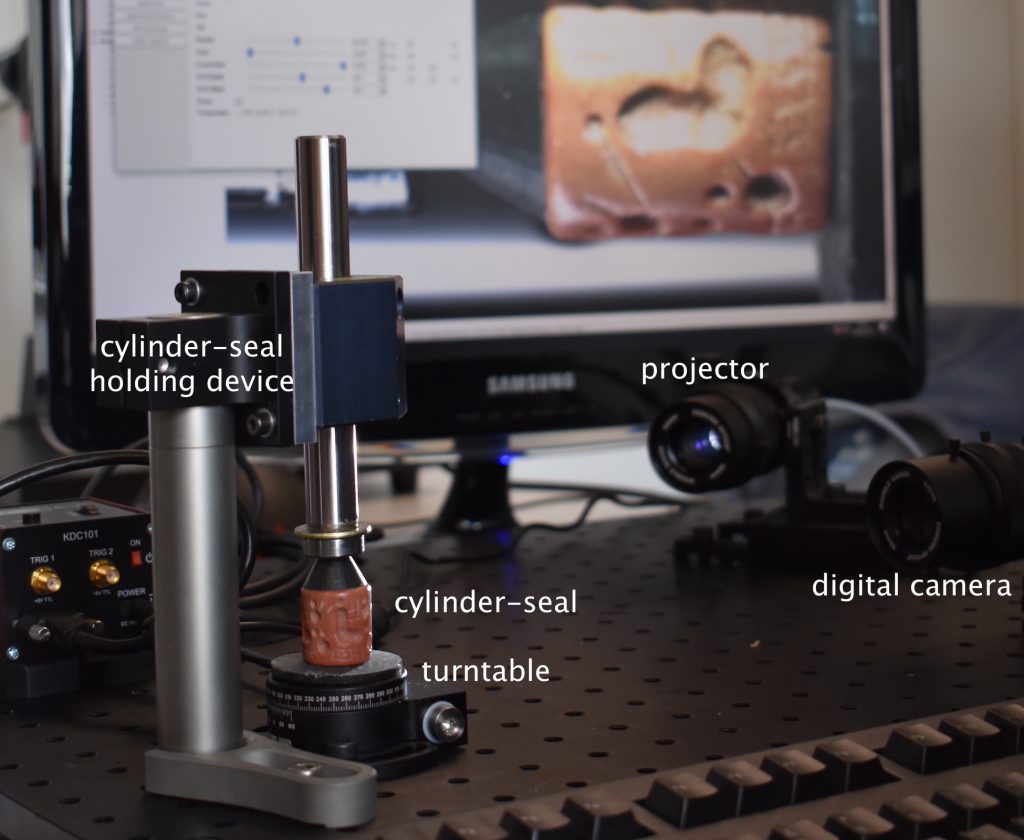
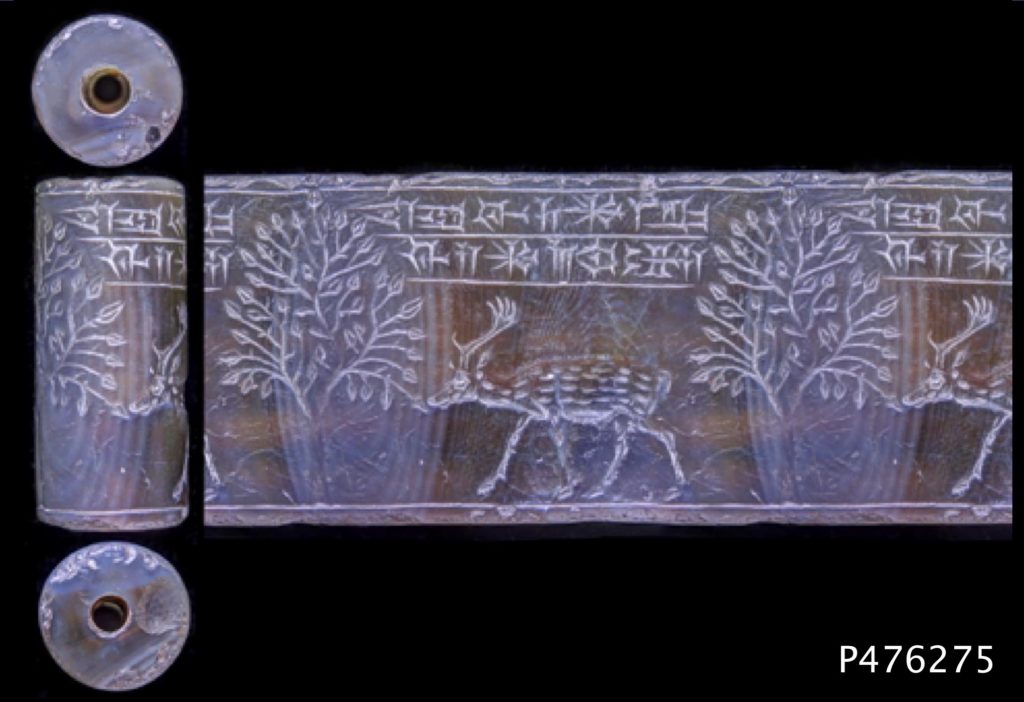
images thanks to AssyrOnline
My usual test is a cuneiform replica or a fossil. Today this dome had a full test with the tablet and my Nikon D650 (100ASA, 1/10s F10, jpg, no white balance calibration).
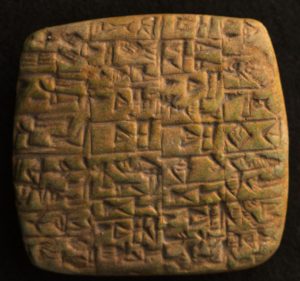
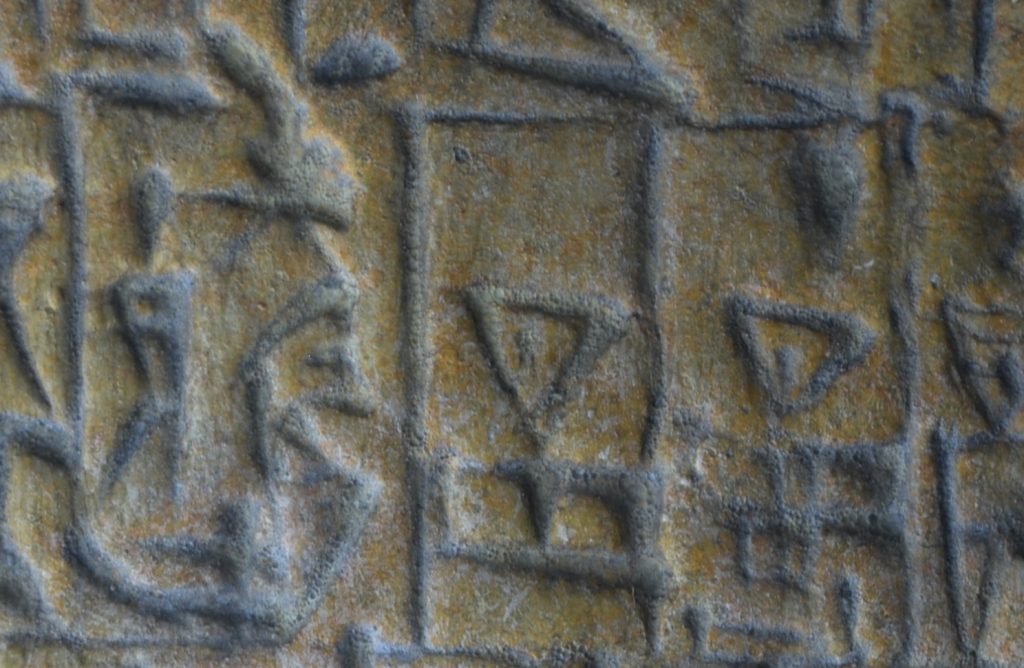
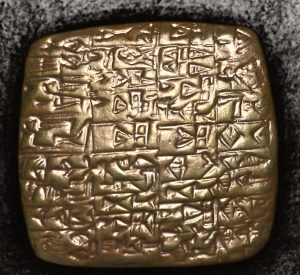
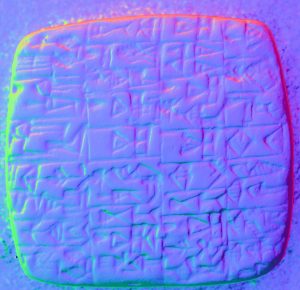
This replica is very useful and is of the Sumerian period (2600 BCE). It is 8cm x 7.5cm and came from the Sumerian city of Shuruppak. It describes the sale of a house and names two witnesses. The original is in the Louvre Museum